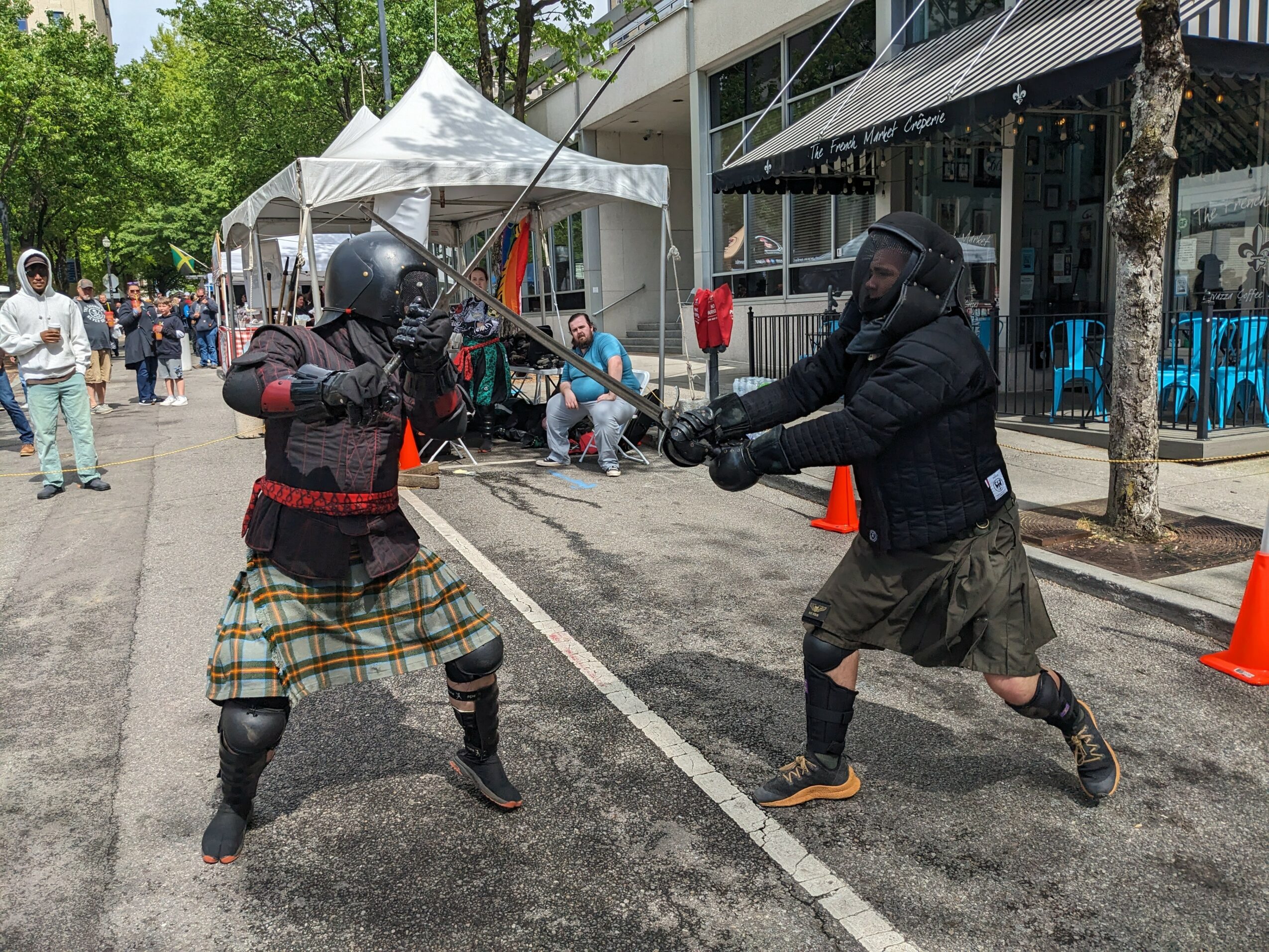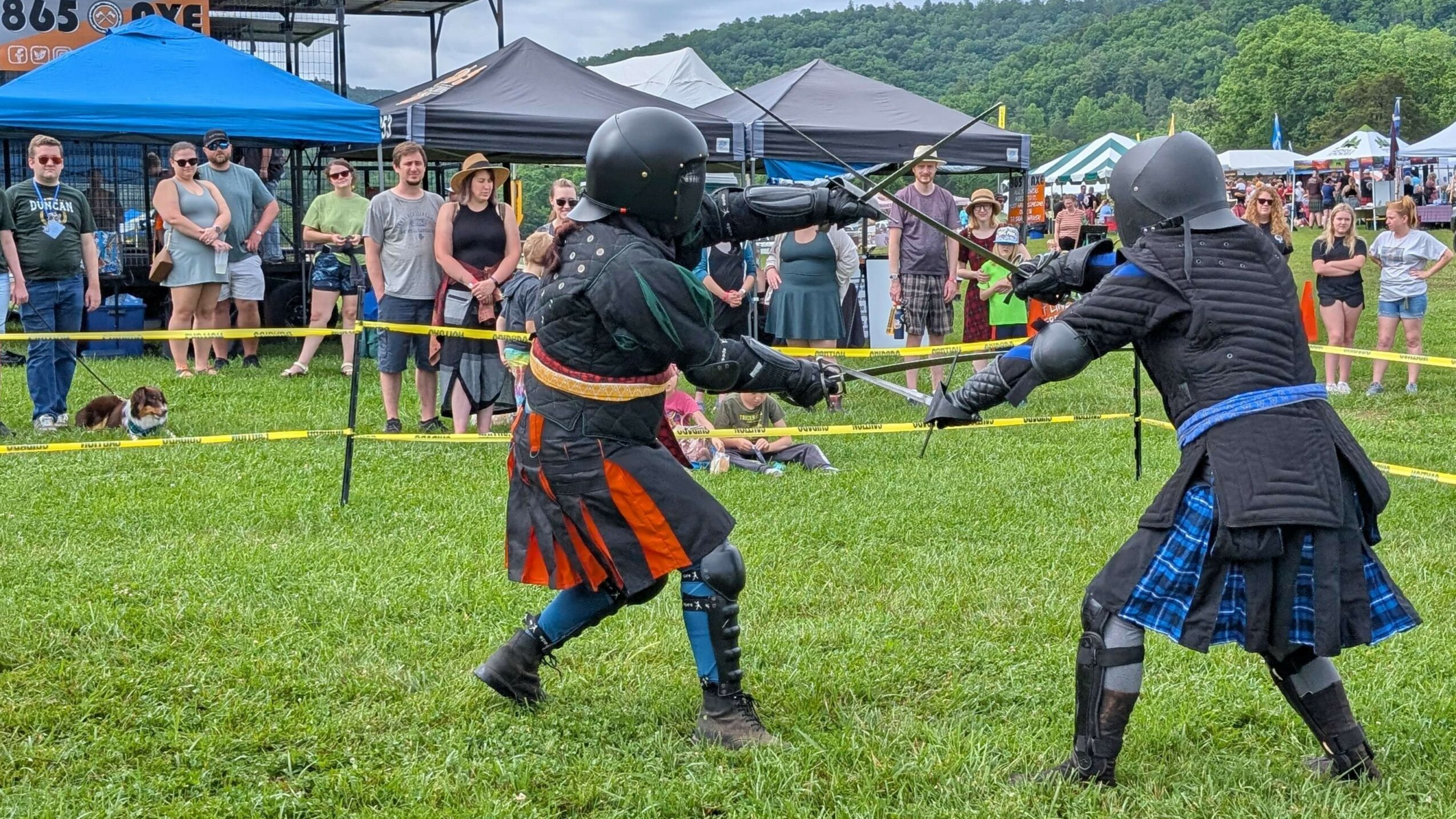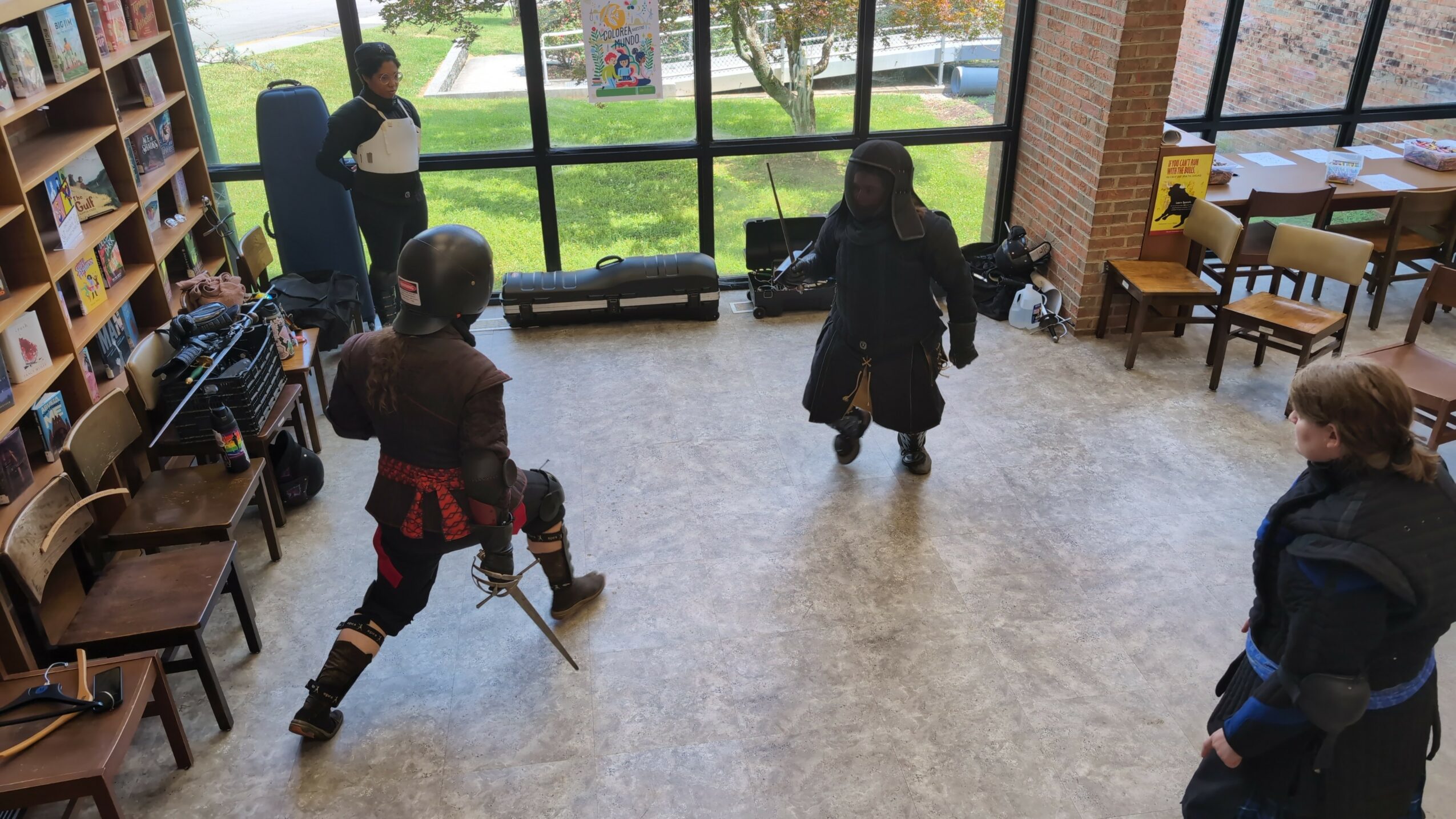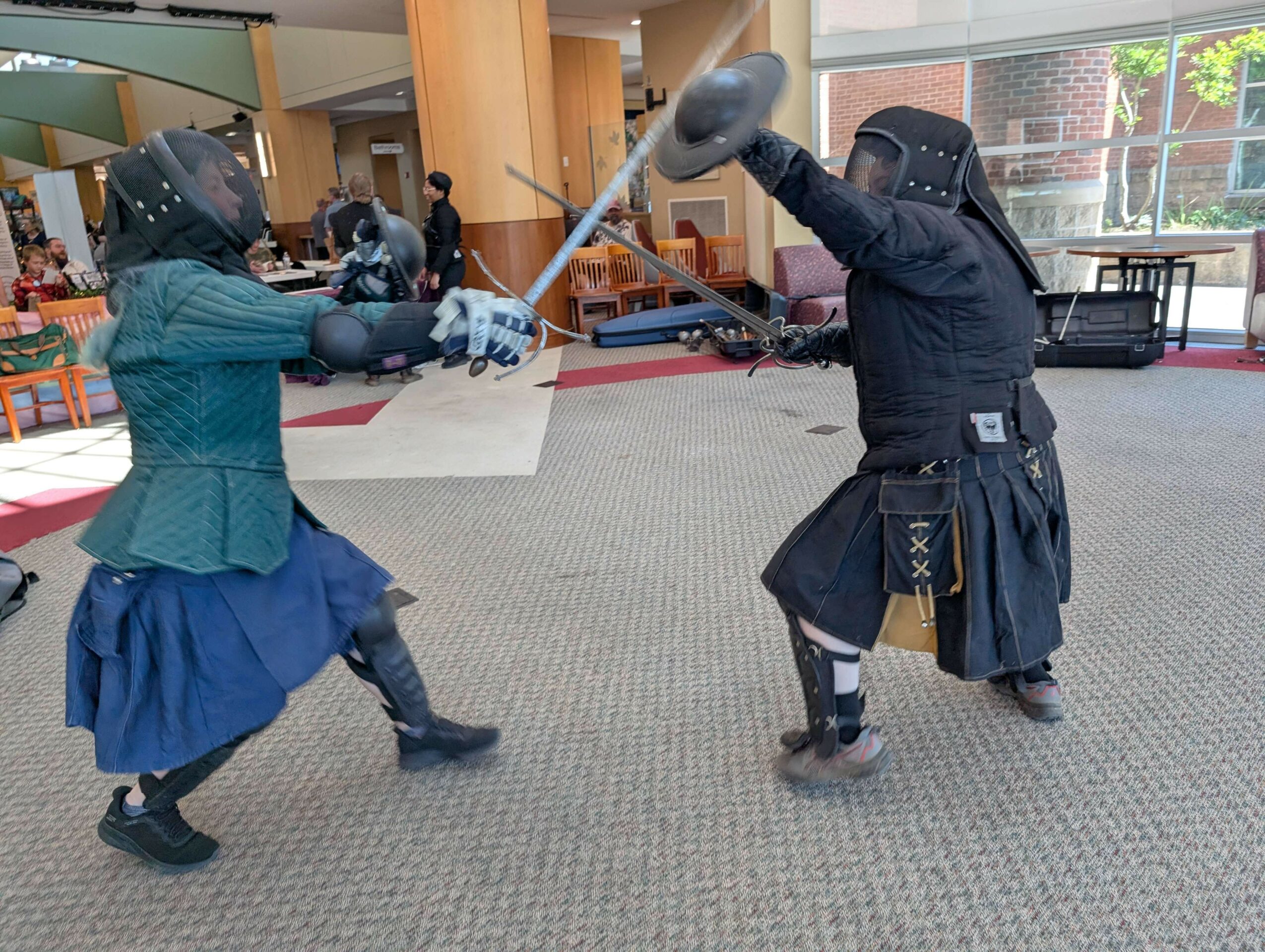

Today we’d like to introduce you to Tom Farmer.
Hi Tom, so excited to have you on the platform. So before we get into questions about your work-life, maybe you can bring our readers up to speed on your story and how you got to where you are today?
I grew up with stories of sword fighting heroes, everyone from Aragorn to Link, and the mystique of it all shaped a lot of the fiction and even non-fiction I read as a kid. As luck would have it, my dad did Olympic Fencing (or Sport Fencing) in college and was willing to get back into the sport when I asked him with the persistent insistence that only a young teen has.
I fenced competitively in foil (one of the three modern fencing swords) for several years before my interested turned again to more historic forms of swordplay. This was the early 2000s, and there weren’t a lot of resources available to the layman, even academic ones, so I mostly collected display swords for the fun of it.
That changed in college, when I took an Art History class my senior year. I’d recently discovered a few of the more easily accessible fencing manuals and had been paging through them when Art History gave me the opportunity to do my end-of-semester project on “The Evolution of Arms and Armors as Shown Through Art.” As part of that, I used some of the images in the manuals to try and recreate the actions that two fencers would have used at the time.
It was probably the most fun I’d had with any project in college, and it stuck with me as I found more manuals and did more studying. Starting in 2013, I was lucky to be able to travel and learn from people who’d also been studying historic fencing (or HEMA, for Historic European Martial Arts, as I learned it was called), and I started a study group through what was then my dad’s fencing school, the Knoxville Academy of the Blade.
That study group stayed fairly small (I was still learning too, after all!) until the covid-19 pandemic changed everything. The shutdown gave me time to myself to think and plan and study. My dad also retired from his position as head coach as this point as well, passing KAB on to me. Since then, KAB has grown exponentially with a diverse group of students, martial artists, and even teachers.
Would you say it’s been a smooth road, and if not what are some of the biggest challenges you’ve faced along the way?
Definitely not. There were struggles early on as my dad and I learned to work together. At the time, I would have said that was the hardest thing, but looking back on it, it was a lot easier of a process than it felt like.
With my wife Stephanie and I running things now, we’ve had to repeat some of those hurdles, but learning to work alongside loved ones is a worthwhile challenge. Over the years, we’ve faced our own injures, family difficulties, and even lost loved ones together.
A challenge that’s not unique to martial arts but that is somewhat disproportionately seen is that it can attract people with less than savory interests in things like their “heritage.” Often those people are also the ones that bring bigotry and toxic attitudes of what is and is not appropriate for a martial art. Fortunately, highlighting our diversity helps minimize how many of those kind of people we have to deal with.
I think the hardest challenge is the most universal, though: responsibility. As much as I do this for the love of the martial art, and as much as I view my students like family, being responsible for their happiness and safety in a place where we all gather to fight and do “consensual violence” to one another can be a lot to bear.
Thanks for sharing that. So, maybe next you can tell us a bit more about your business?
As a short, pithy statement, KAB is a place for everyone who wants to learn to sword fight. It’s more than that, though, because on a practical level, we also teach more things than swords–like daggers, spears, and even wrestling.
What we really are, though, is a group of friends who come together multiple times a week to do something we all love for different reasons. KAB’s students are diverse, coming from all walks of life, religions, genders, and sexualities, KAB provides a place that is simultaneously safe (we have very few injuries despite swinging swords around, most of which are no worse than bruises) and one in which we all get to fight one another and let out the stress and aggression that can pile up from everyday life. There’s room for nerds, jocks, academics, and every possible combination of interests.
I, specifically, am most proud of my students. I started doing this for the love of fencing and martial arts, but their talent, their diversity, and their willingness to hop in the ring and (to quote the old shoe slogan) “just do it” is what I’m truly proud of. After all, the better they get, the better I get.
We have two Beginner Classes each year. One runs from February to May, and one from July to October, and we’re constantly taking new sign-ups for those classes.
Where do you see things going in the next 5-10 years?
Honestly, I don’t foresee any major changes. Martial Arts as a whole is fairly set in its ways, and the only real shakeups are when new gear or technology comes on the scene or new interpretations of old techniques change people’s view on things. That said, the more people worldwide that get into HEMA, the more things change, often for the better, and I’m excited to see what that means.
Pricing:
- Beginner Classes – $150/month
- Regular Group Classes (up to 3/week) – $130/month
Contact Info:
- Website: https://kabfencing.carrd.co/
- Instagram: https://www.instagram.com/kabfencing/
- Facebook: https://www.facebook.com/KABfencing/



















